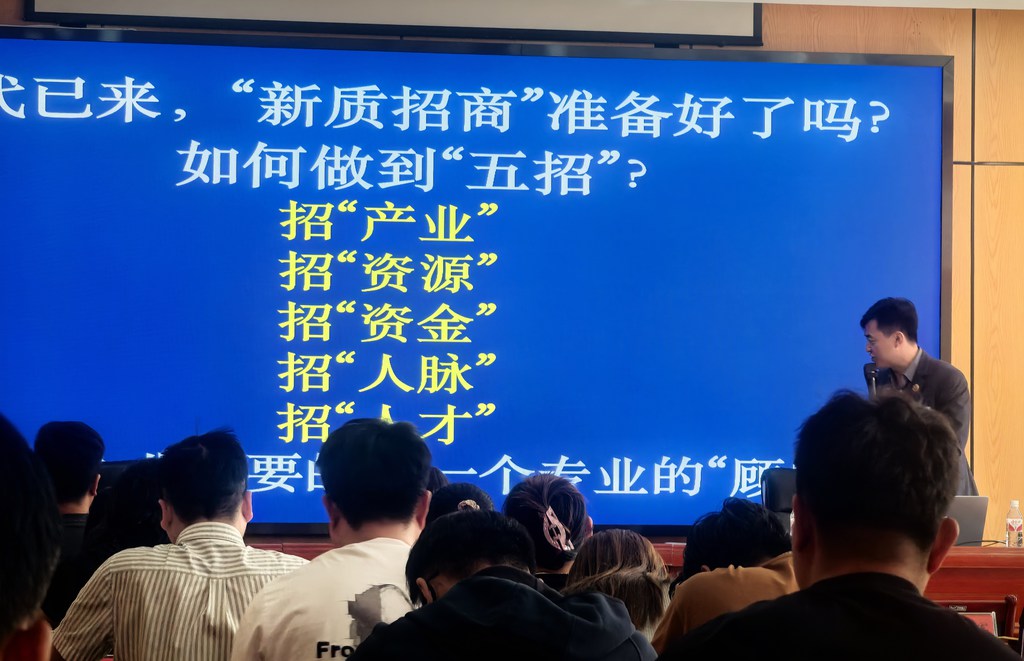

发布时间:2025-05-22源自:融质(上海)科技有限公司作者:融质科技编辑部
In recent years, the integration of artificial intelligence (AI) into education has revolutionized the way we learn and teach. AI education is no longer a futuristic concept but a tangible reality that is reshaping traditional classrooms. By leveraging advanced algorithms, machine learning, and natural language processing, AI-powered educational tools are making learning more personalized, efficient, and accessible than ever before.
One of the most significant advantages of AI education is its ability to create personalized learning paths for students. Unlike traditional classroom settings where one-size-fits-all approaches dominate, AI-driven systems analyze individual student performance, preferences, and learning speeds to tailor content accordingly. For instance, platforms like Knewton and Squirrel AI use adaptive learning algorithms to adjust the difficulty and pace of lessons based on real-time student feedback. This ensures that each student receives the exact support they need, maximizing their learning potential.

Adaptive learning systems are at the core of AI education. These systems continuously monitor student progress and adapt the curriculum to address knowledge gaps or reinforce mastered concepts. For example, if a student struggles with algebra, an AI-powered system might provide additional practice problems, video tutorials, or interactive simulations to help them grasp the topic. This dynamic approach not only enhances understanding but also boosts student confidence and engagement.
AI education also leverages cutting-edge technologies like virtual reality (VR) and augmented reality (AR) to create immersive learning experiences. Imagine students exploring ancient civilizations through VR or dissecting a virtual frog in an AR biology class. These technologies, powered by AI, make abstract concepts tangible and engaging. By simulating real-world scenarios, AI-driven VR and AR tools help students visualize complex ideas and retain information more effectively.
Another hallmark of AI education is its ability to provide real-time feedback and data analysis. AI systems can instantly assess student responses, identify patterns, and generate actionable insights for both students and educators. For instance, an AI-powered grading tool can quickly evaluate essays or math problems, offering detailed explanations and suggestions for improvement. This immediate feedback loop accelerates the learning process and empowers students to take charge of their education.
While AI education doesn鈥檛 aim to replace human teachers, it does provide valuable support through AI teachers and virtual assistants. These digital mentors can answer student questions, provide guidance, and even simulate interactive conversations. For example, platforms like Duolingo use chatbots to help language learners practice speaking and listening skills. By augmenting human instruction, AI teachers ensure that students receive consistent and high-quality support, even outside the classroom.
As technology continues to evolve, the potential of AI education is limitless. From personalized learning to immersive experiences, AI is paving the way for a more inclusive and efficient educational system. By embracing these innovations, educators can unlock new opportunities to inspire and empower the next generation of learners.
In conclusion, AI education is transforming the way we teach and learn, offering unparalleled flexibility, engagement, and accessibility. With its ability to adapt to individual needs and leverage cutting-edge technologies, AI is setting the stage for a future where education is truly personalized and impactful.
欢迎分享转载→ http://www.shrzkj.com.cn/aiprompts/24705.html
下一篇:ai教育是什么
Copyright © 2025 融质(上海)科技有限公司 All Rights Reserved.沪ICP备2024065424号-2XML地图 搜索推广代运营